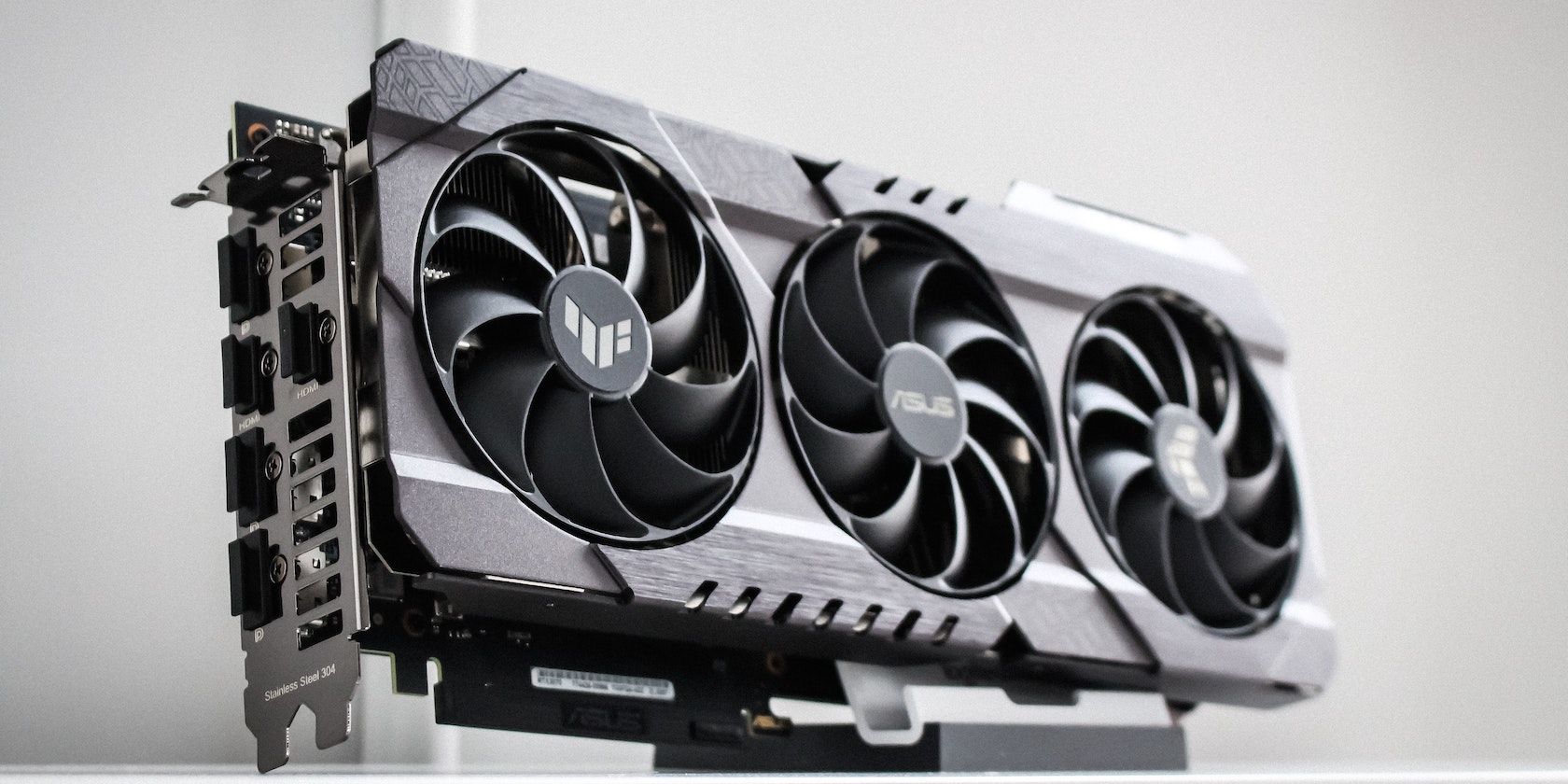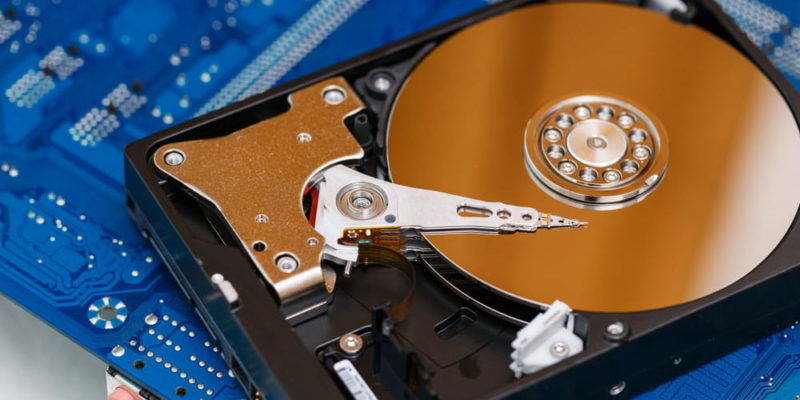Skytech King 95 Gaming PC de escritorio, Ryzen 7 9700X 3.8 GHz (5.5GHz Turbo Boost), NVIDIA RTX 5070 12GB GDDR7, 1TB Gen4 SSD, 32GB DDR5 RAM 6000 RGB, 850W Gold PSU, 14.173 in ARGB AIO, Wi-Fi, Win 11
E-YOOSO XuanGui - Teclado mecánico para juegos RGB con cable, interruptor azul lineal, 61 teclas, marco de aluminio, con enchufe de intercambio en caliente, 20 retroiluminación RGB, teclas PBT
KTC Monitor para juegos de 27 pulgadas, monitor curvo 1440P, 180Hz, 144Hz, 2K, 1500R, 1ms, compatible con FreeSync/G-Sync, DisplayPort/HDMI/USB, monitor de computadora ultraancho para PC Vesa/montaje
https://www.amazon.com/pulgadas-compatible-DisplayPort-computadora-ultraancho/dp/B0B398KZWJ/ref=sxin_27_pa_sp_search_thematic_sspa?__mk_es_US=%C3%85M%C3%85%C5%BD%C3%95%C3%91&content-id=amzn1.sym.2dd52cc1-c148-43a8-93b8-9205c8b7eb4e%3Aamzn1.sym.2dd52cc1-c148-43a8-93b8-9205c8b7eb4e&crid=3TD7WGOXBXMCJ&cv_ct_cx=best%2Bcomputer%2Bmonitor&keywords=EL%2BMEJOR%2BMONITOR%2BDEUNA%2Bcomputadora&pd_rd_i=B0B398KZWJ&pd_rd_r=a173d52d-bc56-4ffd-9af9-ebb363590ec4&pd_rd_w=cboCG&pd_rd_wg=MIovi&pf_rd_p=2dd52cc1-c148-43a8-93b8-9205c8b7eb4e&pf_rd_r=CBK9T91AE6C0V02PDFDD&qid=1760684514&sbo=RZvfv%2F%2FHxDF%2BO5021pAnSA%3D%3D&sprefix=el%2Bmejor%2Bmonitor%2Bdeuna%2Bcomputadora%2Caps%2C202&sr=1-2-7efdef4d-9875-47e1-927f-8c2c1c47ed49-spons&sp_csd=d2lkZ2V0TmFtZT1zcF9zZWFyY2hfdGhlbWF0aWM&th=1









